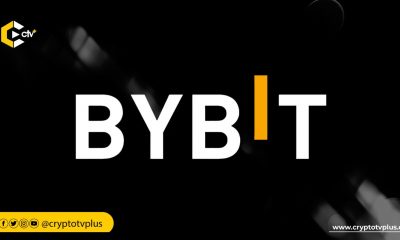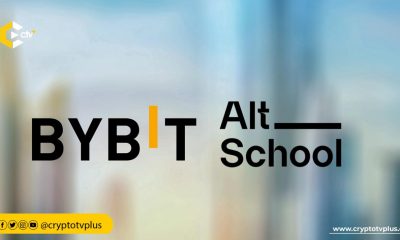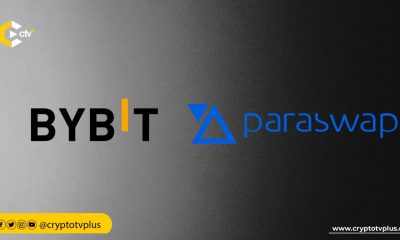News
Bybit launches Proof of Reserve

Bybit has joined the list of cryptocurrency exchanges publishing their Proof of Reserves. In a latest announcement, Bybit said its Proof of Reserve is live as a commitment to full transparency.
Proof of reserve is a method crypto exchanges are adopting to show transparency in order to boost users’ confidence. It is an audit by a third-party auditor with the aim of verifying that a crypto firm or exchange has in possession of the assets it claims.
The Proof of Reserve concept followed the FTX — SBF events that left a lot of “no confidence” impressions and reactions from many centralized exchange users.
Bybit specifically said “as part of our mission to be the Crypto Ark of the world, we spare no effort to ensure next-level reliability. As well as keeping our users’ assets safe and secure, we are also committed to full transparency via our Proof of Reserves (PoR).”
The Bybit exchange as well published wallet addresses and a Nansen dashboard. Additionally, the team developed a Merkle Tree and will conduct regular PoR audits. The upgrades will allow users to easily confirm Bybit’s pledge to hold their assets safely in a 1:1 ratio.
Bybit Proof of Reserves, allows users to verify the balance of their assets in the exchange via Merkle Tree, verify the balance and ownership of the wallet addresses they publish, and verify the reserve ratio.
The exchange also confirmed the completion of the Bybit wallet ownership verification.
How to verify your assets on Bybit Proof of Reserve
Verification is done in two ways, verification using the Bybit platform or via self-validation tool; Open Source Code. Users verifying via the page would visit the Bybit Verify My Account page and view their Merkle path. The exchange graphically displayed the node derivation process of Merkle tree verification to enable an easier asset balanced view.
Verification using the self-validation tool involves the Bybit open-sourced codes for professional users. Bybit’s Merkle tree generation source code and verification code are released on GitHub to allow users to undergo self-verification of their balance.
Users click on Copy Data from their Proof of Reserve page, then copy the data to the Merkle tree proof file on their individual programming system clipboard. The data is saved as a file named myProof.json on the user’s local drive.
The self-validation tool process involves, building an executable file, proceeding to perform the verification by pasting the proof file copied from the Bybit website then executing the verification commands.
Bybit explained its verification mechanism is a “send to self” method. “We use the “Send to Self” method to prove ownership of a published wallet address and use the published address to transfer a specific amount of assets to ourselves at a specified time, following the method used by third-party auditing companies to prove ownership of a wallet,” Bybit said.
Read also;
How Bitcoin Lightning is scaling payment
What do you think of this article? Share your comments below.

























Pingback: Bybit launches Proof of Reserve by Ifeoma Joy Okorie – CryptoTvplus Events: NFT, DeFi, Bitcoin, Ethereum, Altcoin Events
Pingback: Zprize announces inaugural competition results – Daily Net News Station
Pingback: Zprize announces inaugural competition results – Coin Warrior